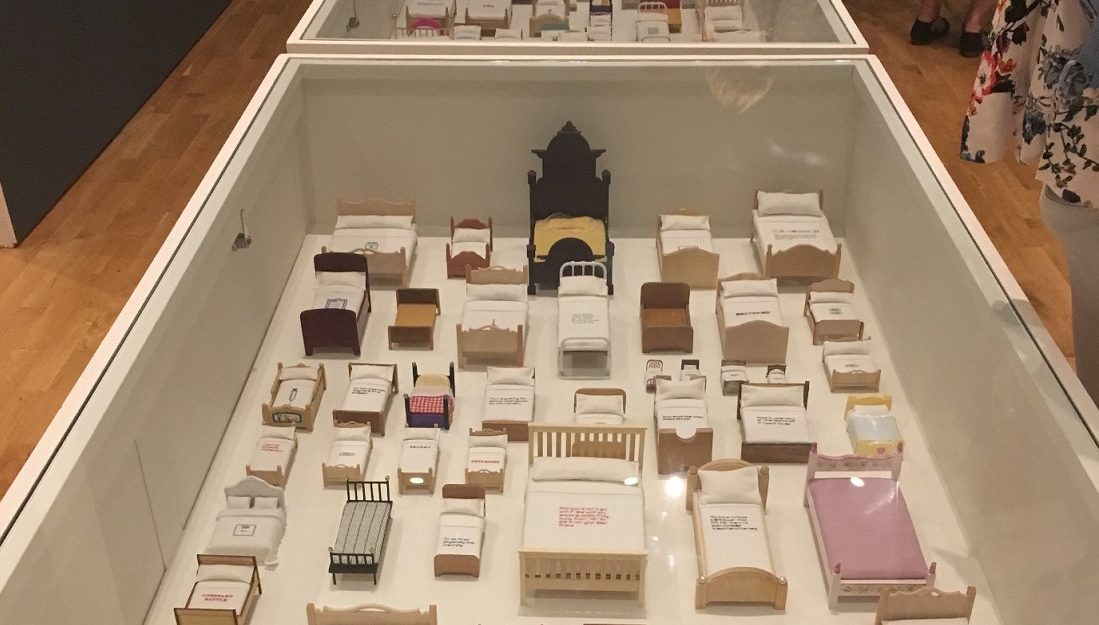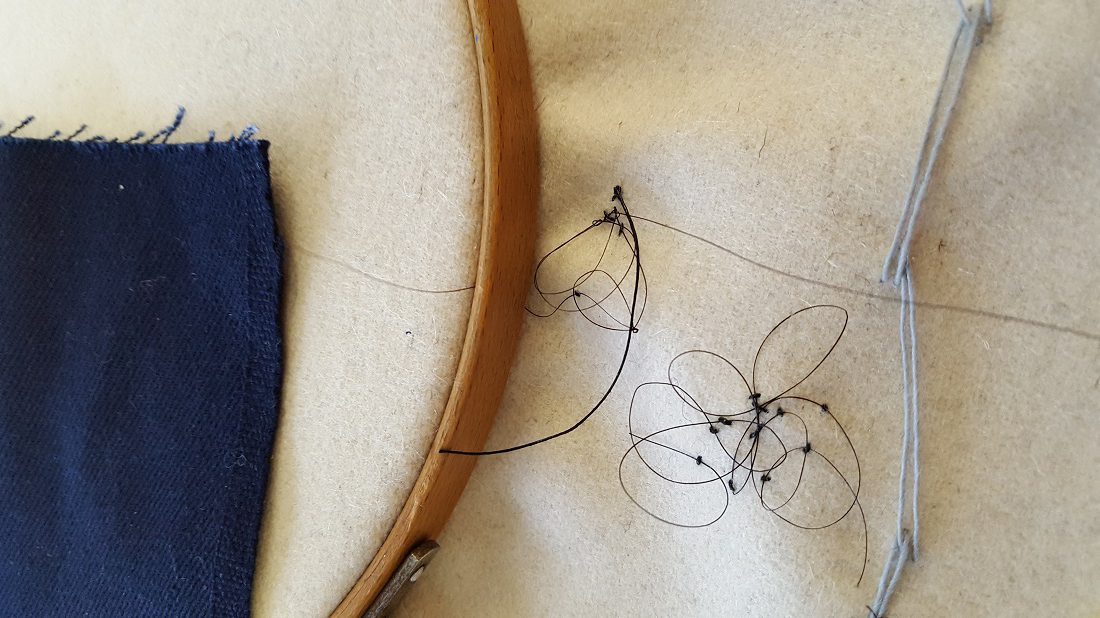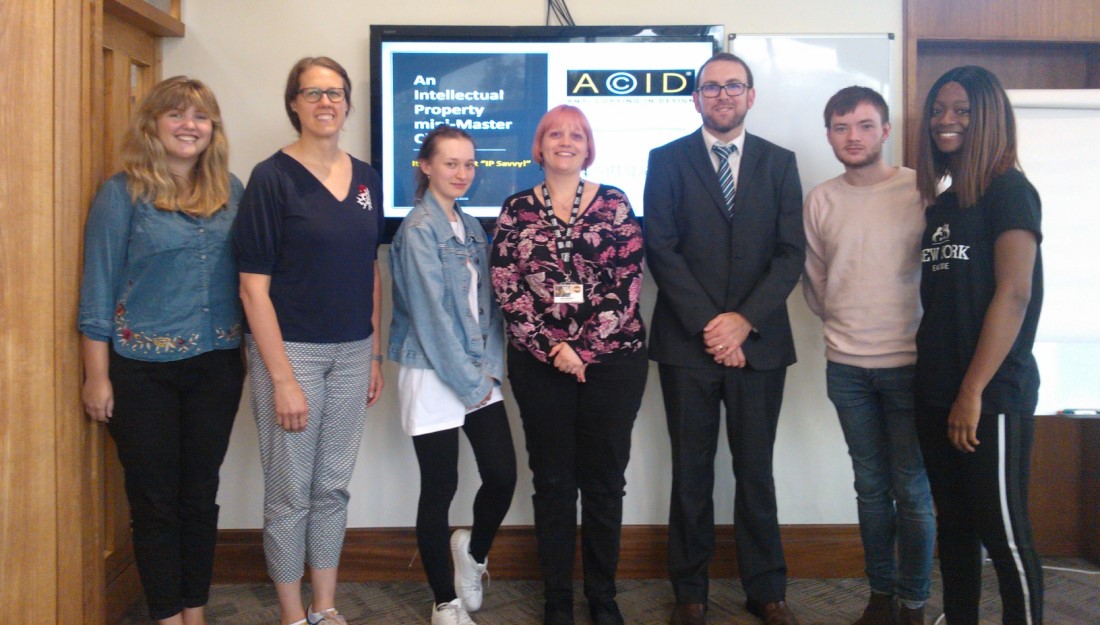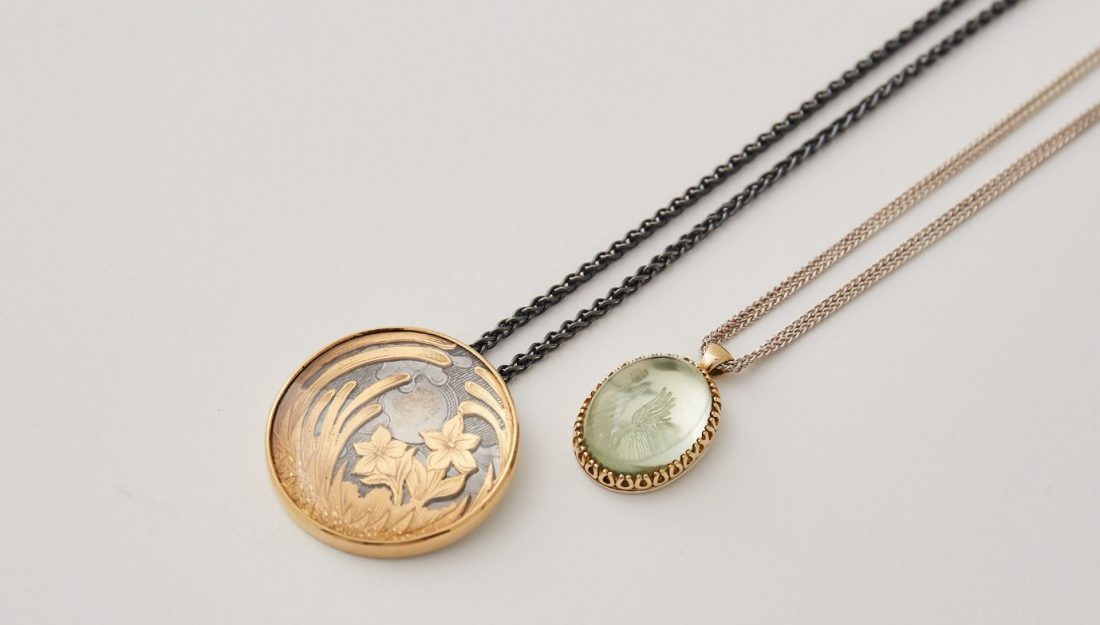Jessica Litherland – MAC Birmingham
A partnership between MAC Birmingham and Craftspace

Room for Improvement by Caren Garfen at the Ctrl/Shift group exhibition at MAC
Top Tips from Jessica Litherland, Producer, Visual Arts at MAC
This guest post was written by Jessica Litherland, Visual Arts and Media Producer at Midlands Arts Centre, a space specialising in contemporary practices with a programme of theatre, dance, independent cinema, exhibitions, special events and many others. More information can be found at on the MAC website.
In this session Jess highlighted what a public art gallery is, who works there and what they do. The group discussed different curatorial models and approaches and how to contact galleries and stay in touch.
1. Research
Take time to research the gallery, find out about their programme, their aims and objectives and their curatorial approach.
2. Target
Be targeted in your approach to galleries, use your research to make sure your work is in line with their interests, find out who the right person is to contact at the gallery and introduce yourself
3. Network
Visit the gallery, join their mailing list, attend events, support the staff
4. Approach
Ensure you are following the procedure the gallery uses for proposals, address it to the correct member of staff, ensure your proposal is tailored to the gallery.
5. Follow up
If your first approach is unsuccessful don’t give up, try asking for feedback, offering your services in different ways to the gallery, resubmitting your proposal again if the feedback suggests it, stay in touch with the curator and send them info about your work- sometimes opportunities take time to develop
As an artist, it is a lovely dream to have a solo show and to be able to immerse the public in your world. It is even better if the public has the opportunity to see the exhibition for free, as is the case with a public gallery like the MAC. But, until recently, I didn’t realise how much needed to align before a show could go ahead.
I have been coming to the MAC for years and it is only after having a session with Jess Litherland, Visual Arts Producer, that I fully understand the planning and effort that goes into the free exhibitions. The MAC, like many public galleries, work 2-4 years in advance with themes and exhibitions that are likely to complement each other or fit with events happening in the area. These shows are also the result of cultivated relationships between the gallery team and artist. Sometimes these relationships need to be built over years before the time is right for a solo show.
As someone that loves to go to shows, I was very naïve about what goes into planning an exhibition and have had my eyes opened fully. It has made me realise how much forethought I need to have about my own work and what I want to say before I can even begin to approach a gallery. I now understand that it is also a process that takes patience and time. But, the outcomes at the MAC are beautiful and moving and definitely worth the process it takes to achieve the public shows.
Danielle Laurent, Craft Fellow
Room for Improvement by Caren Garfen
This artwork (pictured) was inspired by a 2017 Channel 4 documentary ‘Wasting Away’. Journalist Mark Austin stated that “there are just 202 NHS beds in the whole of the UK for young people with eating disorders”, as against 1.2 million sufferers. In line with CTRL/Shift, Caren Garfen has relinquished control by leaving some of her 202 dolls house beds untouched. These become pauses in the stitched dialogue, giving the viewer space to meditate on the devastating effects of eating disorders.



